In an effort to make the adoption of AI fairer for workers, the Biden administration has released a set of “Principles for Developers and Employers” that safeguards employees’ rights and allows them to benefit from the new technology. Let’s take a look at these new principles that could help thousands of Americans worried about the rise of AI.
Biden’s Executive Order
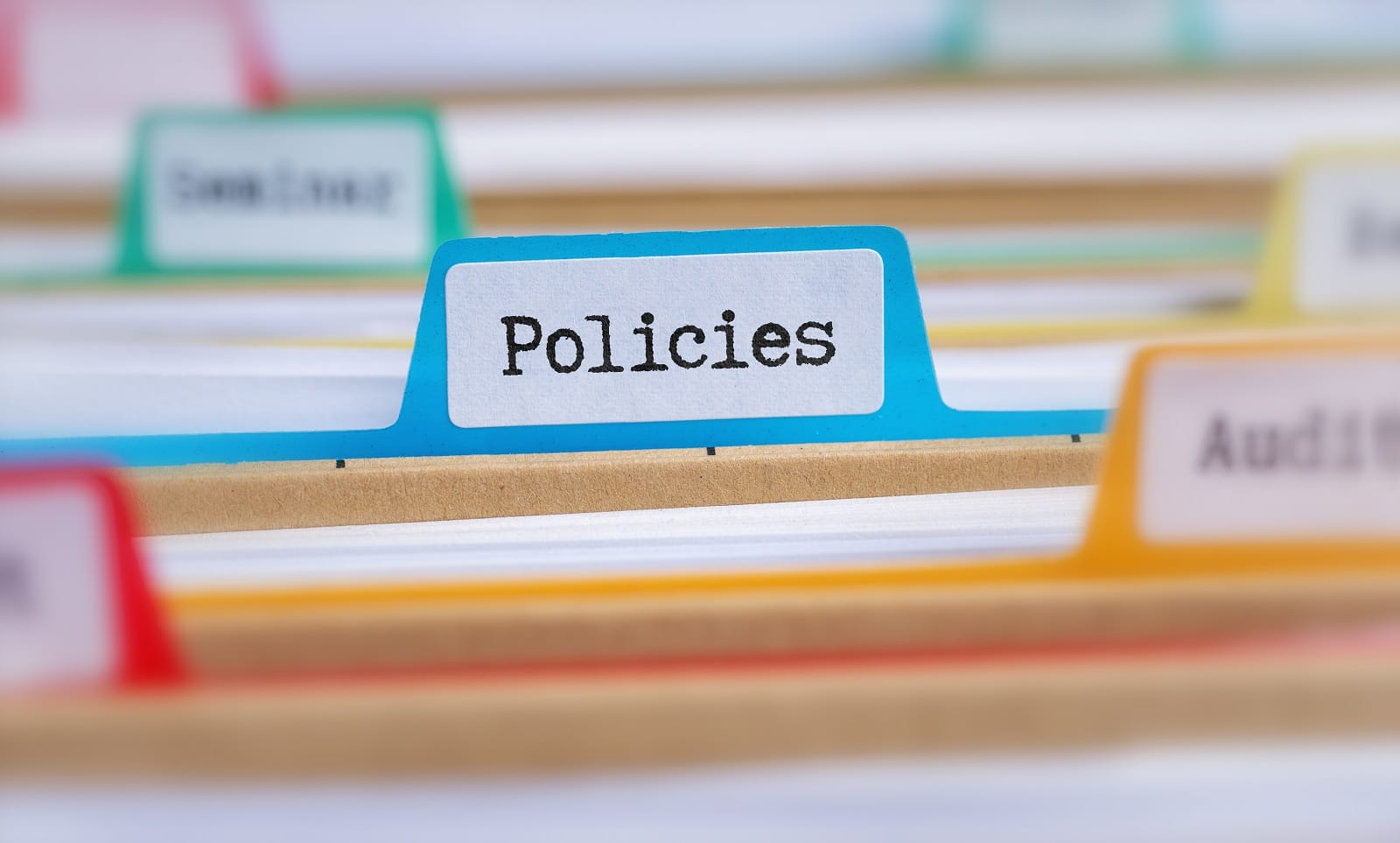
In October, the Biden administration released a new executive order “on the Safe, Secure, and Trustworthy Development and Use of Artificial Intelligence.” Months later, the order has borne fruit in the form of a detailed set of guidelines that the administration expects companies to follow when implementing and creating new AI systems.
Unpacking Americans’ AI Anxiety
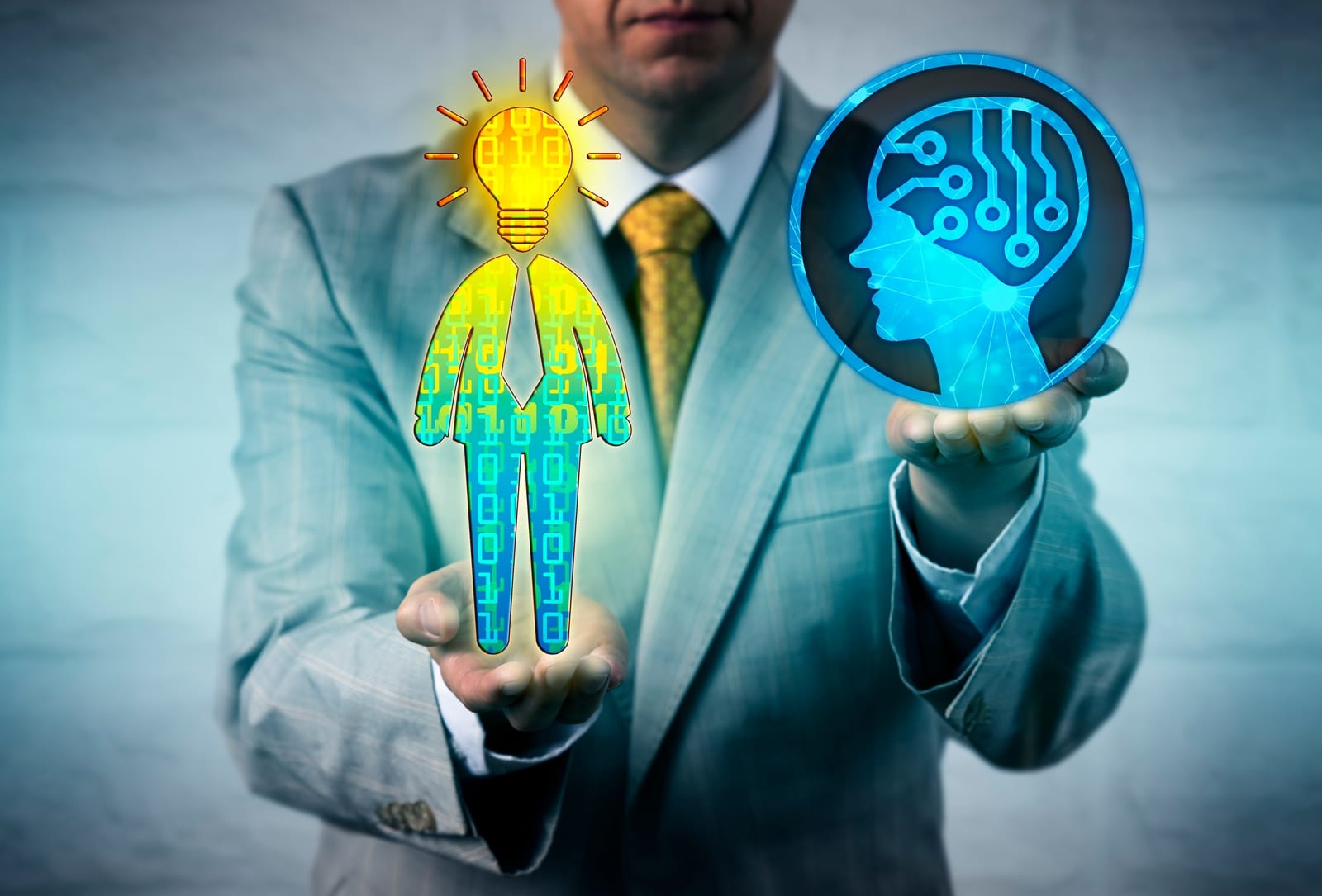
Worries over AI have permeated America’s collective consciousness since they began gaining popularity.
Navigating the AI Revolution

According to a recent YouGov poll, 36% of Americans are worried that AI will take over their jobs in the next few years, with 43% concerned that AI will cause the availability of jobs in their industry to decline.
Friend or Foe of Jobs?
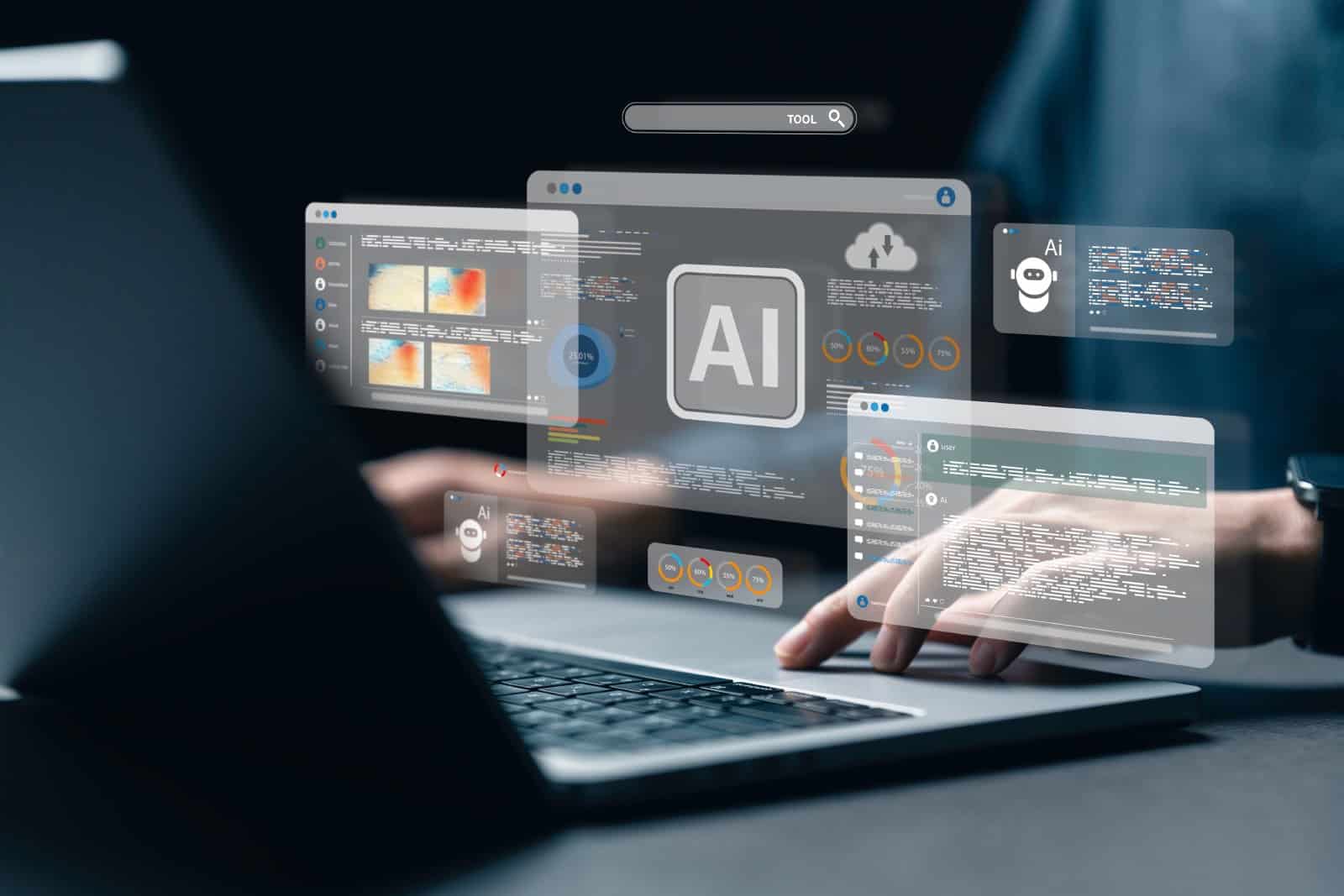
AI is still a fairly new technology, and businesses are still figuring out how it fits into their companies.
AI’s Impact

It’s useful for repetitive tasks and helps speed up workflow in certain industries. In some industries, AI is creating jobs, particularly in AI development, deployment, and oversight.
Balancing Act

But there are risks if AI reduces workers’ control over their work or lowers their job quality. There are also unknown variables—could AI show bias to some employees over others? And what if it undermines workers’ rights?
Biden’s Blueprint for Responsible AI

That worry is part of the reasoning behind the Biden administration’s new guidelines, which are meant to guide developers and employers so that they use AI responsibly while securing worker’s rights and minimizing the risk that AI poses.
Putting Workers First

As Acting Secretary of Labour Julie Su explained, “Workers must be at the heart of our nation’s approach to AI technology development and use.”
Union Power in the Age of AI

Unions and employers have already started to negotiate agreements to set protections around the use of AI in the workplace.
Labor Department’s AI Guidelines

That’s where the Department of Labor’s newly released documentation comes in - a guide called “Artificial Intelligence and Worker Well-being: Principles for Developers and Employers.” They asked workers, experts, and bosses for their opinions and made the guidelines based on what they heard.
AI for All

The principles cover everything from how AI is made to how it’s used on the job. They aren’t just for big companies - everyone, from factories to offices, is expected to adopt them.
Flexible Principles for AI Adoption

Notably, these principles are flexible and supposed to be a framework for businesses to follow and adapt to suit their needs alongside input from their workers.
Empowering Workers with AI

The key principles are: 1. Centering Worker Empowerment: Workers, especially from underserved communities, should be involved in the design, development, testing, training, use, and oversight of AI systems in the workplace. 2. Ethically Developing AI: AI systems should be created and trained in ways that protect workers.
Transparency is Key

Also, 3. Establishing AI Governance and Human Oversight: Clear governance, procedures, human oversight, and evaluation processes should be in place for AI systems used in the workplace. and 4. Ensuring Transparency in AI Use: Employers should be transparent with workers and job seekers about the AI systems in use.
Protecting Labor Rights in the AI Era

5. Protecting Labor and Employment Rights: AI systems should not violate or undermine workers’ rights to organize, health and safety, wage and hour rights, and anti-discrimination and anti-retaliation protections.
AI’s Role in Improving Job Quality

6. Using AI to Enable Workers: AI systems should assist and enable workers, improving job quality.
Supporting Workers Through AI Transitions

7. Supporting Workers Impacted by AI: Employers should support and help workers transition through job changes caused by AI.
Data Ethics in the AI Age
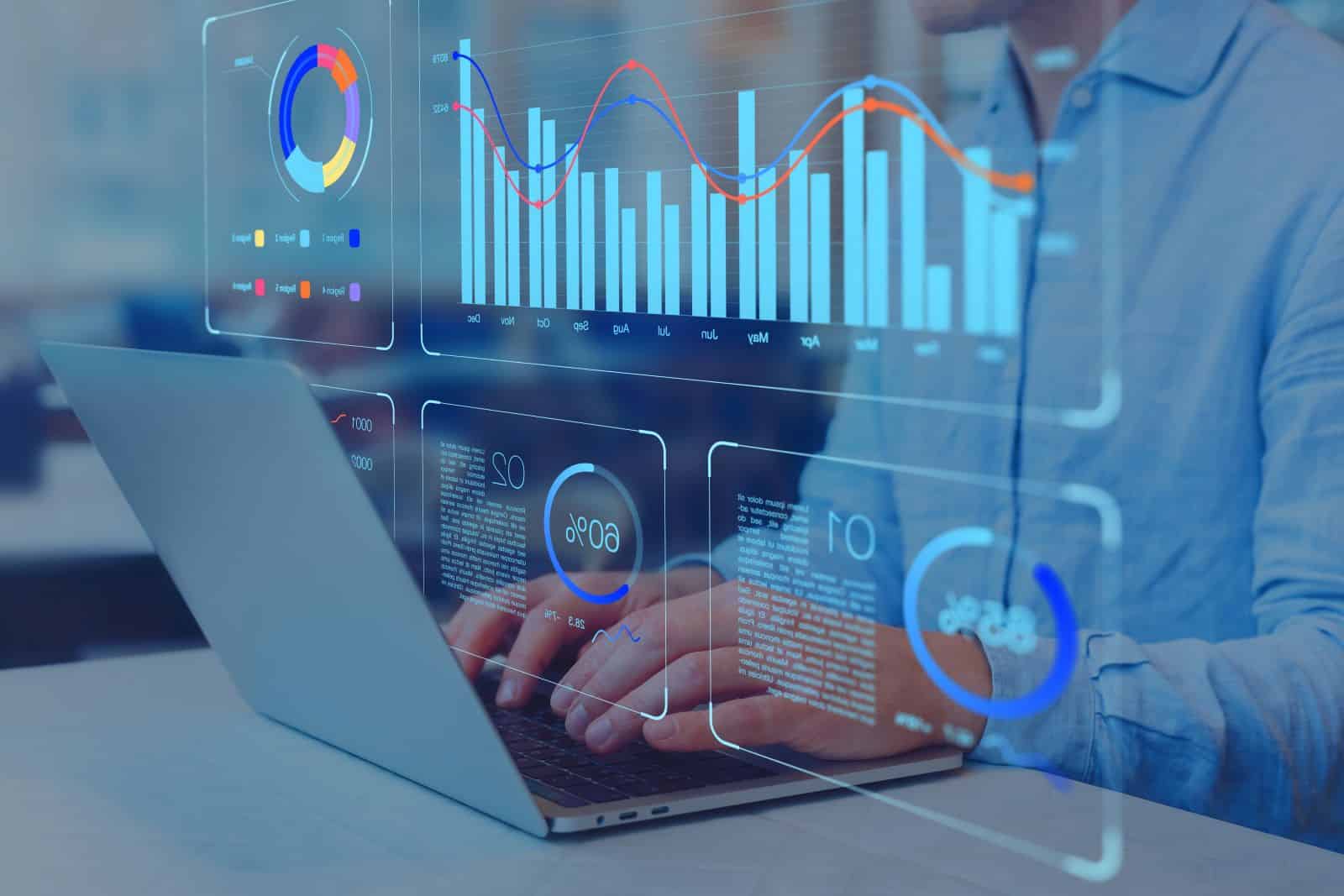
8. Ensuring Responsible Use of Worker Data: Data collected and used by AI systems should be limited in scope, used only for legitimate business purposes, and handled responsibly.
White House’s Worker-Centric AI Vision
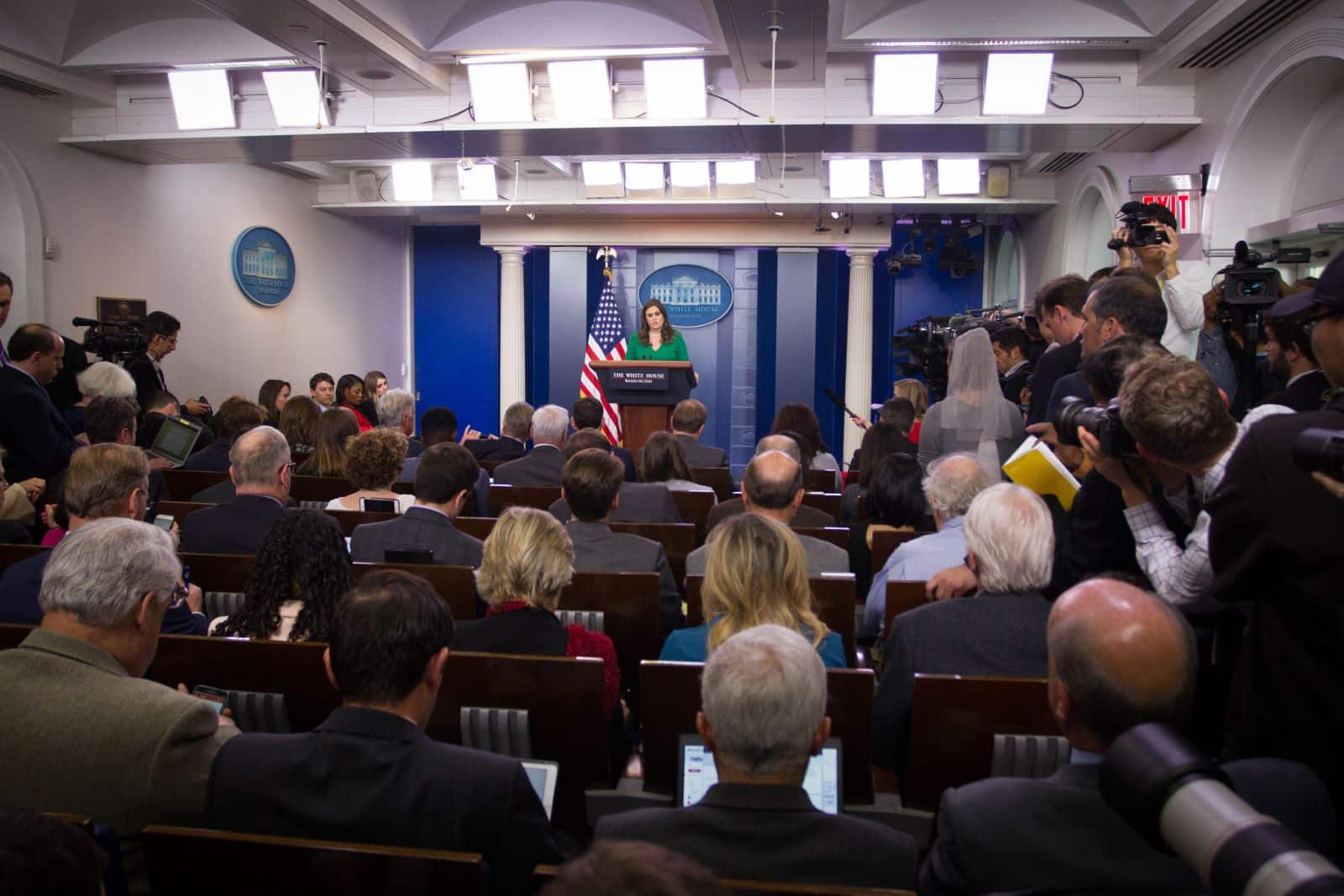
The White House is optimistic that these guidelines will pave the road for a worker-focused use of AI.
Towards a People-Centered AI Future

In a press conference, Julie Su stated, “These principles announced today reflect the Biden-Harris administration’s belief that, in addition to complying with existing laws, artificial intelligence should also enhance the quality of work and life for all workers. As employers and developers implement these principles, we are determined to create a future where technology serves the needs of people above all.”
23 Steep Taxes Adding to California Residents’ Burden
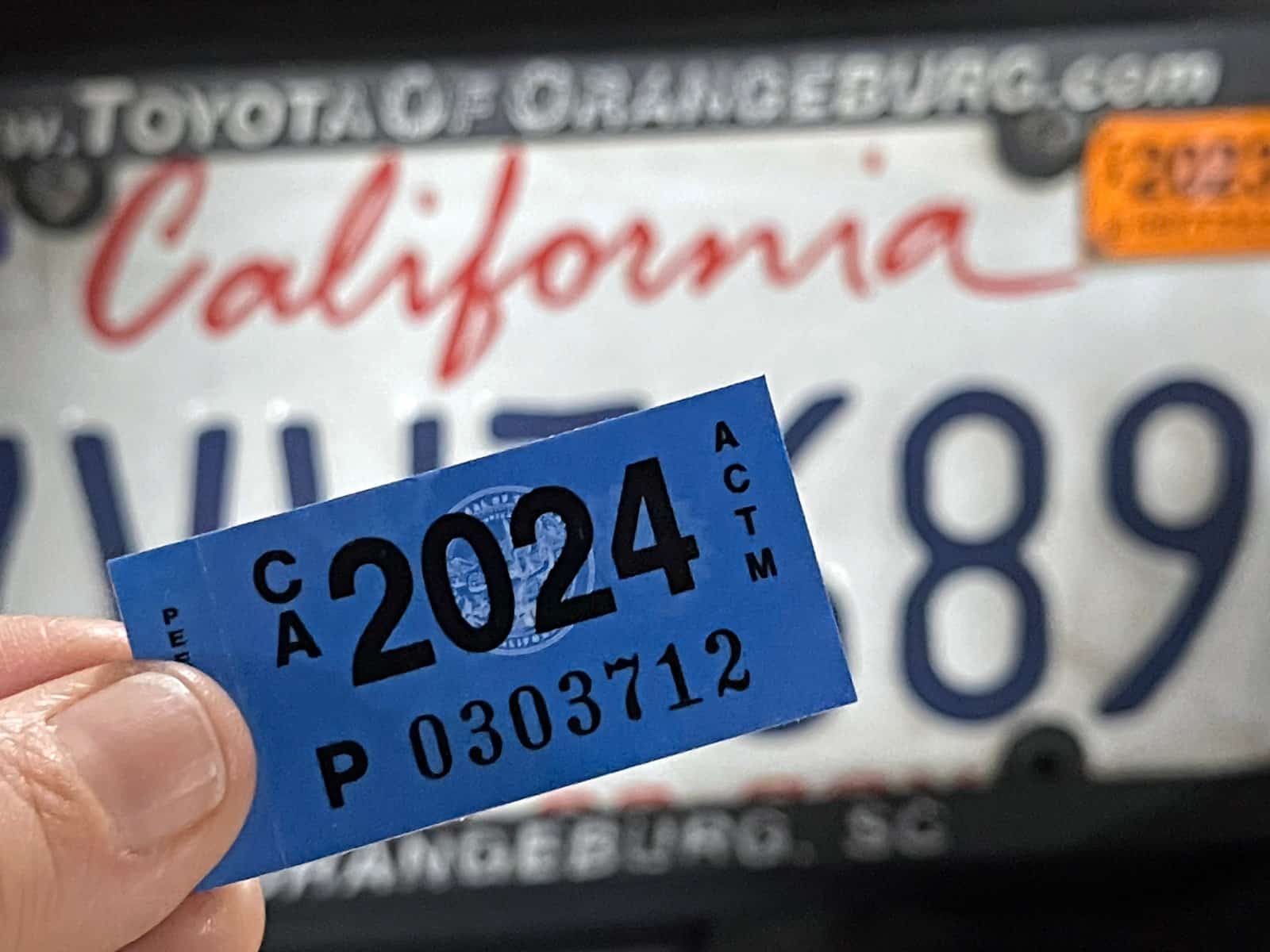
California: a place of sunshine, innovation, and, unfortunately, some of the nation’s highest taxes. From LA’s beaches to Silicon Valley’s tech hubs, residents grapple with a maze of state taxes. Here’s a glance at 23 taxes that might surprise both Californians and outsiders. 23 Steep Taxes Adding to California Residents’ Burden
Cash in on Nostalgia: 21 Toys Now Worth a Fortune

Time to dust off the boxes and find that once-cherished toy from your childhood. For collectors and enthusiasts, these items have become valued objects, and they can be worth big bucks – are there any of these in your attic? Cash in on Nostalgia: 21 Toys Now Worth a Fortune
Millennials Don’t Buy These 19 Products Anymore

Millennials are changing consumer habits, quietly replacing once-staple products and traditions. Often criticized for their disruptive preferences, this generation is reshaping the marketplace with digital expertise, ethical buying, and a taste for the unconventional. Millennials Don’t Buy These 19 Products Anymore
Featured Image Credit: Shutterstock / Paul Froggatt.
The content of this article is for informational purposes only and does not constitute or replace professional financial advice.

